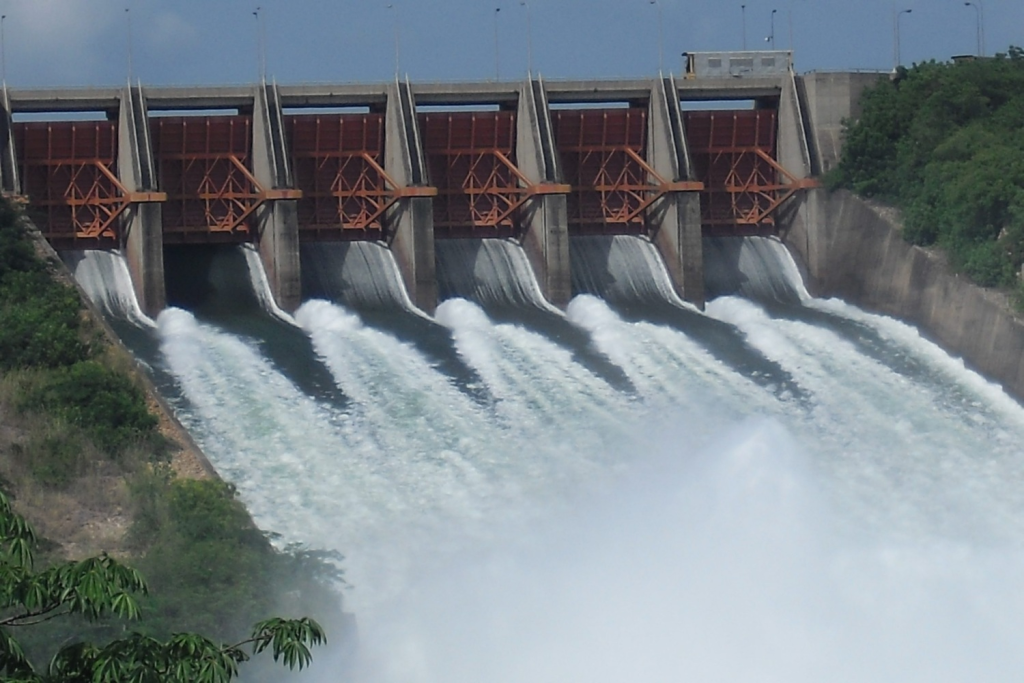The Nigerian Government has requested a $500 million loan from the World Bank to tackle water security challenges and boost agriculture in the country.
The funding is intended to improve dam safety and water resource management, addressing issues like incomplete dams and lack of maintenance through the Sustainable Power and Irrigation for Nigeria (SPIN) Project.
The SPIN project, which will be approved on September 26, 2024, focuses on four main areas: strengthening institutions responsible for water management, modernising irrigation systems, enhancing dam safety, and improving project management.
The project aims to develop national dam safety guidelines, train personnel in water and irrigation management, and create a comprehensive hydropower plan.
Nigeria faces significant water security challenges that impact drinking water, energy production, and food supply.
The country has over 400 dams, many of which are in poor condition and require rehabilitation. The 2022 floods, which caused $6.7 billion in damage, underscored the need for better dam safety and water management.

The project also plans to rehabilitate 40,000 hectares of irrigated land, empower local Water User Associations, and improve the safety of key dams by conducting risk assessments and implementing necessary upgrades.
Part of the World Bank document reads;
“Nigeria faces water security challenges, which impact water availability for drinking water, energy and food production, and are increasingly exacerbated by climate change, putting livelihoods and economic development at risk.
“Harnessing water storage and dam safety is central to climate change adaptation and mitigation in Nigeria. It is a prerequisite to improving water management for water supply, irrigation, and hydropower generation and offers protection from floods and droughts.
“Nigeria has over 400 dams and an estimated total combined storage of 59 billion cubic meters. 46% of dams are federally owned and are managed by the Federal Ministry of Water Resources and Sanitation, through River Basin Development Authorities. 48% of dams are state-owned and are managed by a state ministry. Many dams are incomplete and more than 50% of the large dams built in the 1970s and 80s require rehabilitation.
“This situation is due in part to institutions responsible for dam management, whether at the federal or state level, having inadequate budget, human resources and capacity to ensure dam management, operation and maintenance and non-adherence to operational manuals, where they exist.”


